Co-individualism
The project seeks to explore how the current production mode is tranforming revolutionarily due to the continuous emergence of 3d printing technology. As 3d printing now no longer relies on economies of scale,the production can be returned to the hands of individual people within their homes. In a world of energy crises, 3D printing technology can save natural material, reduce the carbon footprint of production, and recreate smaller communities in which individuals share raw materials and produce their own goods.
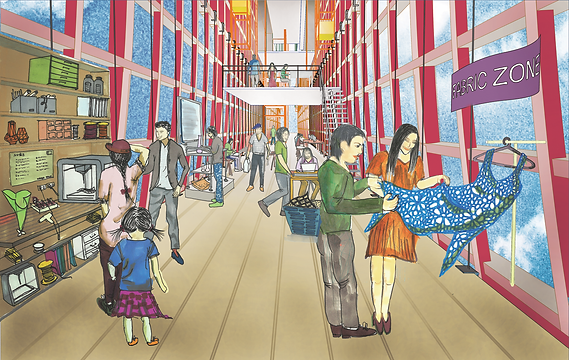
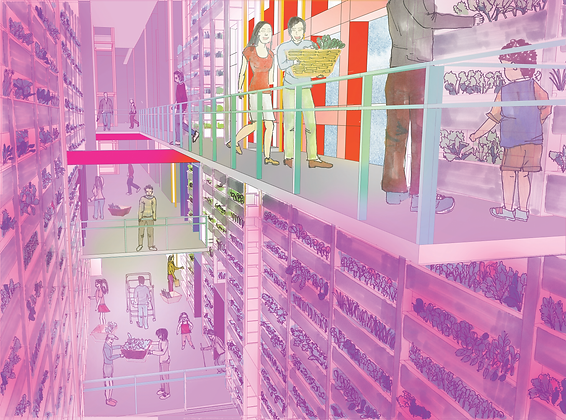
2015
Studio Alimentary Design
Instructor: Shohei Shigematsu and Christy Cheng
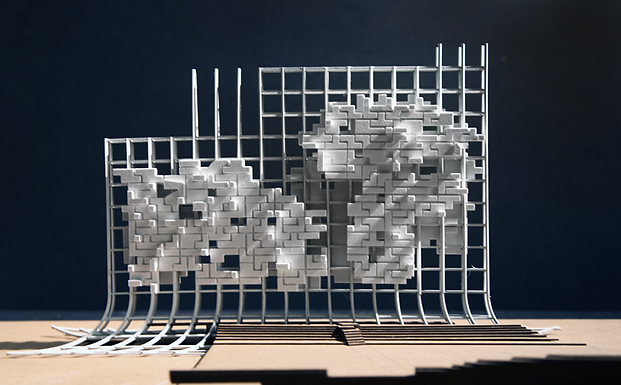

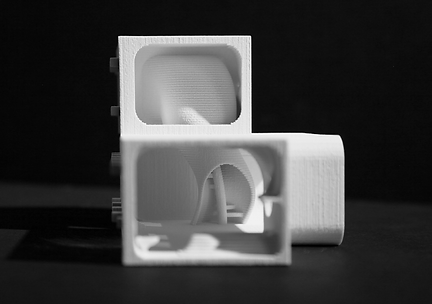
The narrative from 3d-printed food to 3d-printed community
When Marx associated the steam-mill with the industrial capitalist, "modern industry” and its economies of scale were still in their infancy.now, more than a century later, we have a new means of production. with 3d printing, producing on a larger scale no longer results in lower unit prices, so production can be returned to the hands of individual people within their homes. how will this change the way we live and our social relations?
In more primitive times, we lived communally in small self-sufficient settlements, with little labor division. now more than half of the world population lives in metropolises. the distance between human living and industrial production has grown wider, which has already led to inefficient zoning and great transportation expense. in a world of energy crises, 3d printing technology can save natural material, reduce the carbon footprint of production, and rekindle smaller communities in which individuals share raw materials and produce their own goods.
Coindividualism is about building communities on 3d printing. A gigantic freestanding wall, five meters thick, serves as the structure and infrastructure for the community. The strucuture of the wall is self-printable and can build up incrementally Individual housing units are 3D printed and attached. The walls contain not only electrical and plumbing systems but also vertical garden stacks powered by artificial lights.
Every fifth floor is a food processing center to turn the produce into nutrition powder. This powder is the raw material for food 3D printers, and can be stored almost indefinitely. One food 3D printer is shuttling up and down and shared by a stack of ten housing units.
One entire floor of the wall is dedicated to maker’s space, accessible to all dwellers, in which they can 3D print daily goods they need collectively. The lower floors are wider and house larger production facilities and amenities, which are connected with adjacent wall communities. In this way, the farmland and industries on which the housing is dependent on are folded back into the housing itself.
New self-sufficient towns with a population of 10,000 people are formed by a group of ten wall communities. The towns could be accommodated for all kinds of climate conditions.
A new world arises, with millions of independent towns, with no division between urban and rural. The towns are physically self-sufficient bounded, yet more connected through internet than ever. Global exchange is facilitated by the production and share of digital files.
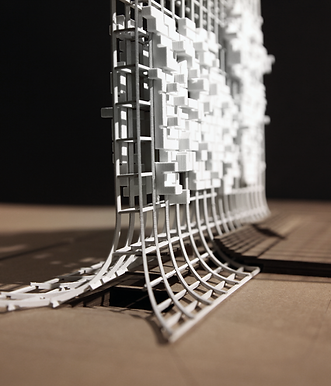
One housing unit
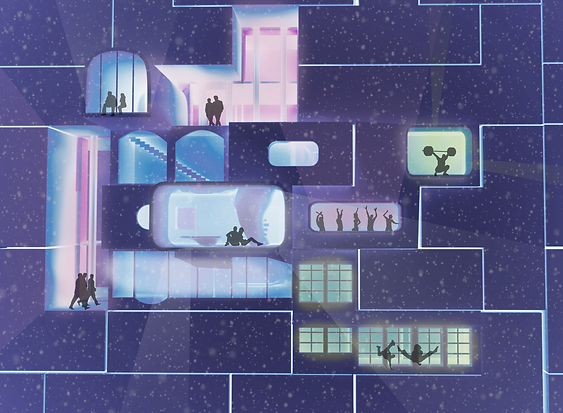
Collectively, people produce their daily goods together, yet everything is customade and consumed individually. Co-individualism stands for collective production and individual consumption.
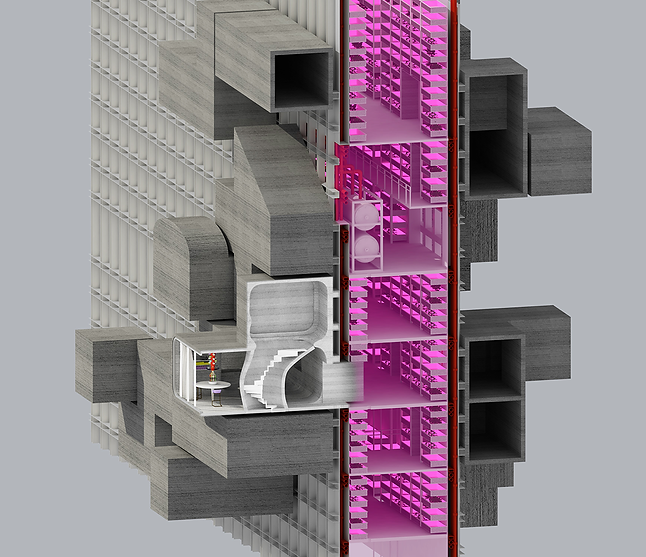
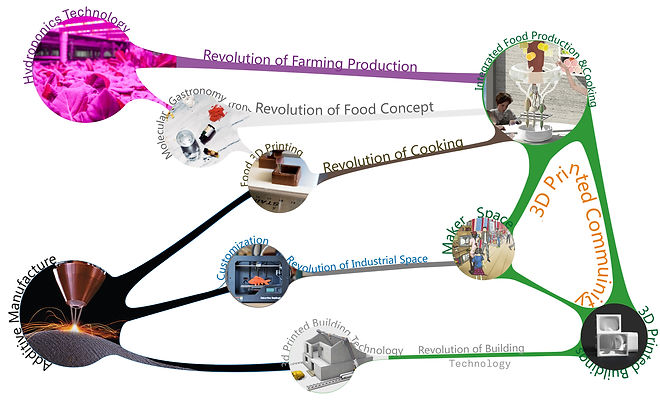
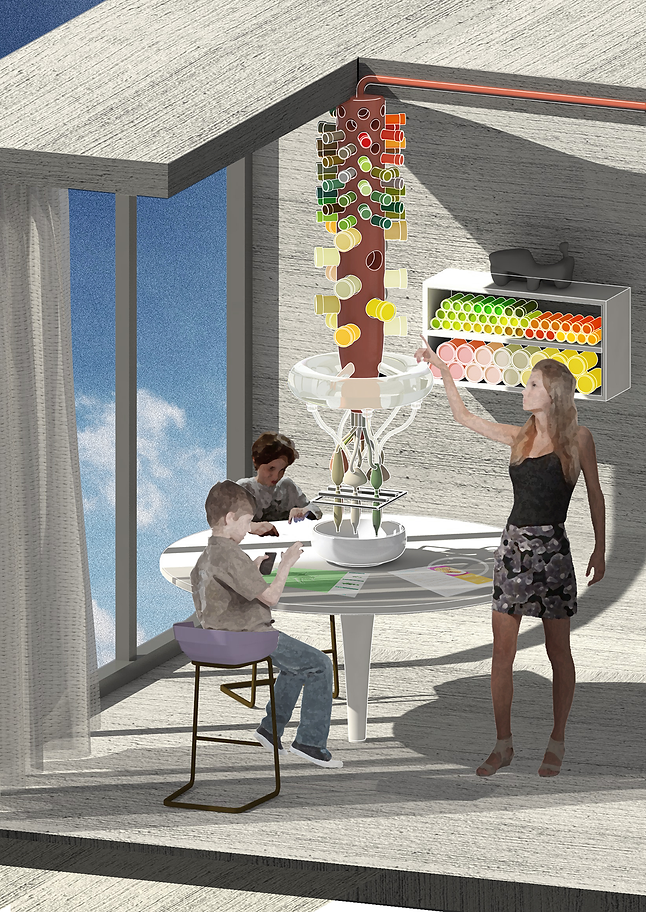
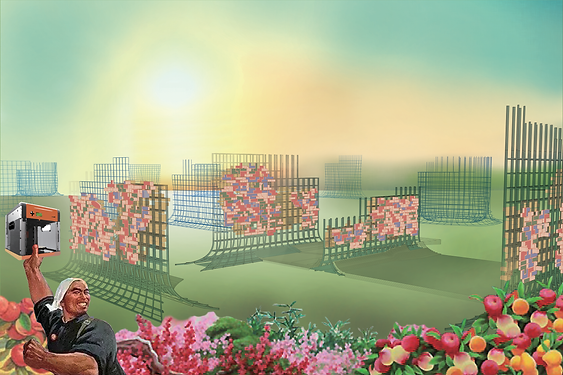
Section Axonometric drawing of Planting Core to Individual Family Unit
Children designing their food using Food Nutrition Powder 3d-Printer
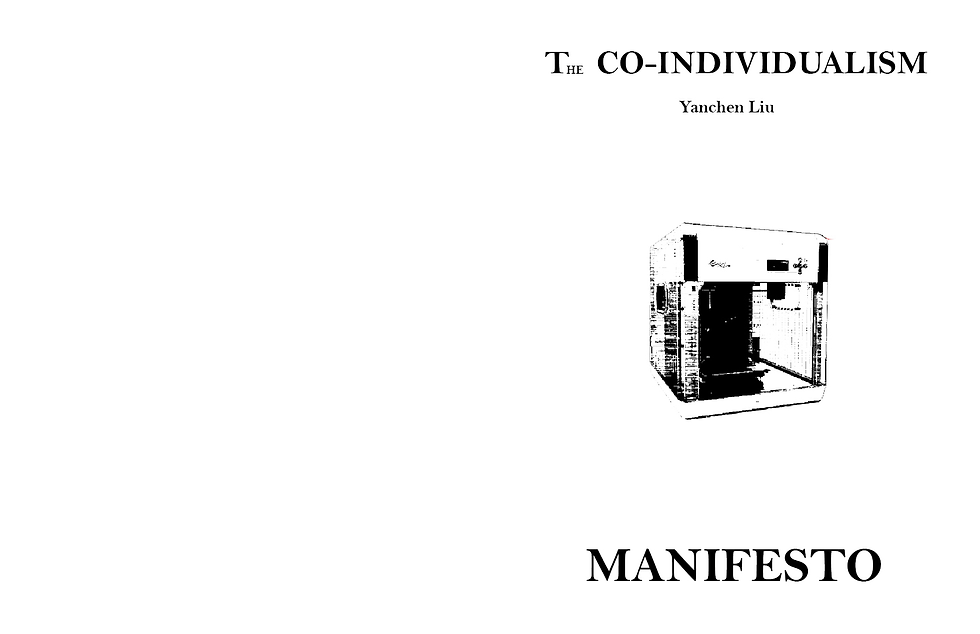

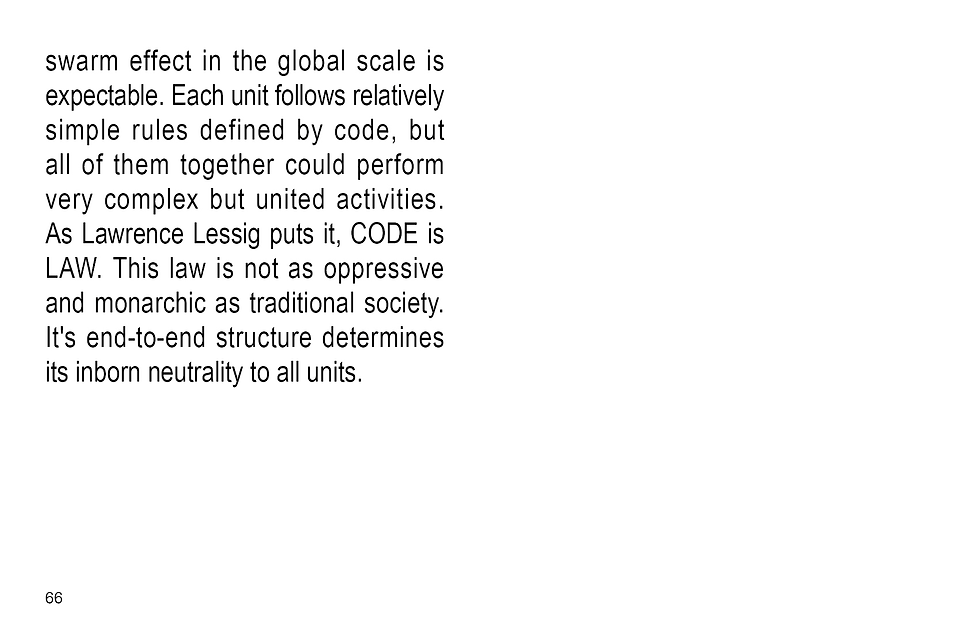


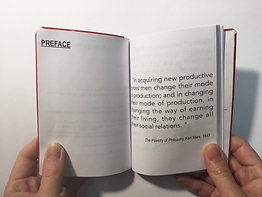
Co-individualism Manifesto